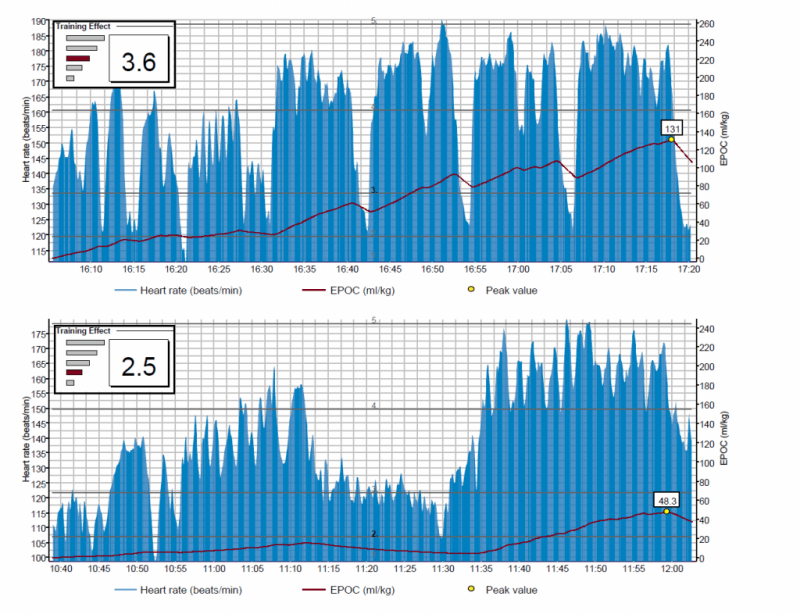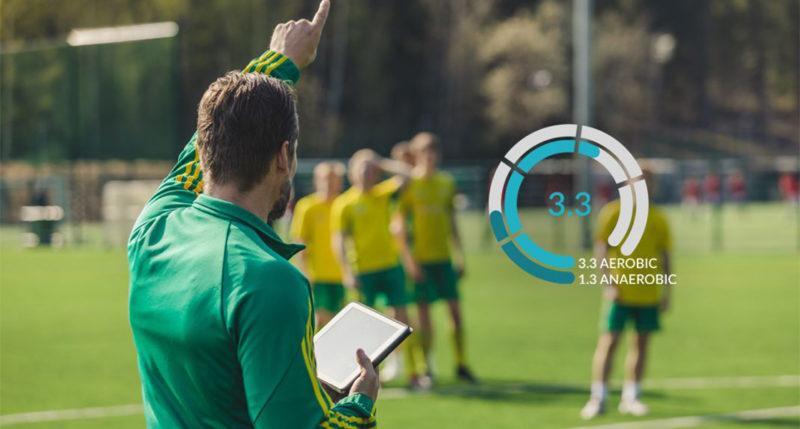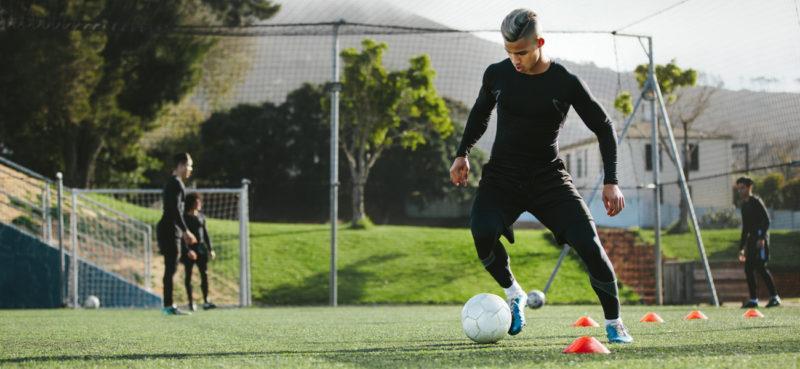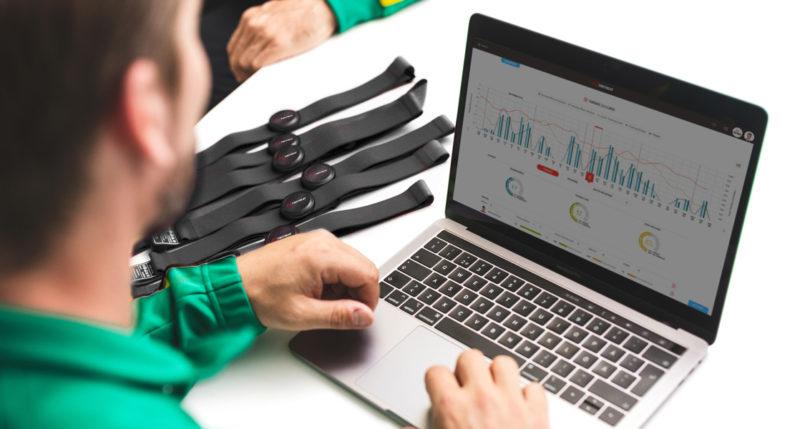
American professional soccer club Real Salt Lake, the champion of the MLS in 2009 have applied many years’ heart-rate information and especially Training Effect to track players’ physiological loading during the team practice.
“I rely on Firstbeat Training Effect (TE) data on a daily basis to make sure RSL players are getting the correct training load for a given day. Further away from match day I like to see higher TE numbers to facilitate increased fitness levels. The closer we get to a match the lower the TE numbers get to ensure we have fresh players for the game.“
–Dan Barlow, Strength and Conditioning Coach, Real Salt Lake

See examples below on individual player’s heart rate data from hard training (TE 3.6) and from easier training (TE 2.5). Having longer recovery breaks keeps the EPOC accumulation (red curve) down causing lower score in Training Effect scaled from 1.0 to 5.0.

If you liked this article, you should subscribe to our mailing list.
Give your team the Firstbeat Sports competitive advantage.
Contact us for more information or get a quote.
You might also be interested in

How to Use Training Effect: The Firstbeat Sports Feature that Measures the Impact of Training
In this article, we look at how Training Effect is calculated, the Training Effect scale, and how it is visualized in Firstbeat Sports.

Why Monitor Internal Load in Elite Sports?
A look at the what, how and why of internal load monitoring and why it should form part of your training program.

Training Status: the Balance of Training for an Individual Athlete
A comprehensive breakdown of the Training Status feature in Firstbeat Sports.

